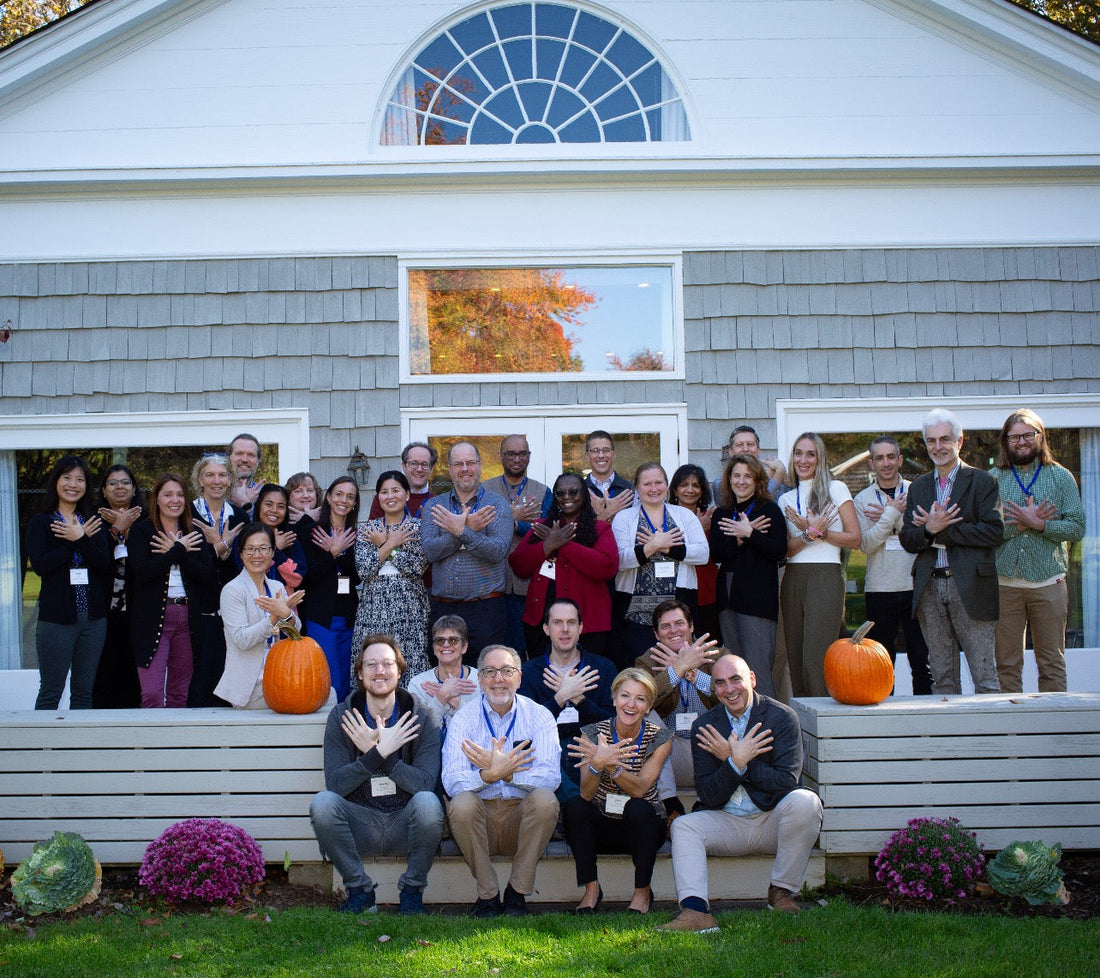Penny’s Legacy Inspires Breakthrough NF1 and Brain Tumor Research
At Cold Spring Harbor Laboratory, groundbreaking research funded by Penny’s Flight and the Robert I. Schattner Foundation is shedding new light on some of the most complex challenges in NF1 (Neurofibromatosis Type 1) and high-grade brain tumors like glioblastoma. This cutting-edge work is not only advancing our understanding of these conditions — it’s also offering real hope for more effective treatments.
Turning the Tide Against Glioblastoma
Glioblastoma is one of the most aggressive and deadly brain tumors, and tragically, it was the disease that took Penny’s life. Today, her legacy is powering research that’s unlocking new ways to fight back.
Researchers have discovered that glioblastoma tumors can reprogram microglia — the brain’s immune cells — to support tumor growth. The key player in this process? An enzyme called BCAT1, which produces branched-chain ketoacids (BCKAs). These BCKAs appear to help glioblastoma hijack the brain’s immune system to its advantage.
In preclinical trials using mice, blocking BCAT1 dramatically slowed tumor growth. This finding is a major step forward, opening up a new avenue for therapeutic development. Even more exciting is the plan to combine BCAT1 inhibition with immunotherapy, a strategy that could supercharge the body’s ability to fight off tumors. Future studies will dive deeper into how exactly microglia are reprogrammed — knowledge that could impact not just NF1 patients, but anyone battling high-grade brain tumors.
Decoding Neurofibromas Through Nerve Cell Research
On the NF1 front, scientists are making strides in understanding how nerve cells contribute to neurofibroma formation. Using advanced adeno-associated virus (AAV)-based tools, they can now precisely target and manipulate specific nerve types in tumors. This allows researchers to investigate the role of neurotransmitters, like norepinephrine, in driving tumor growth.
By targeting the nerve components of these tumors, researchers hope to find new treatment strategies that go beyond the traditional approaches — potentially stopping tumors at their root.
Cognition, Behavior, and Collaboration: The Banbury Think Tank
In October, Penny’s Flight convened an inspiring three-day “think tank” conference at the Banbury Center, bringing together 30 of the world’s leading NF1 experts. The focus? Tackling the often-overlooked cognitive and behavioral challenges faced by those with NF1.
Key takeaways from this meeting included:
-
A call for longitudinal data to help develop predictive biomarkers
-
The need for standardized terminology across NF clinics
-
New clinical approaches to better support patients with cognitive difficulties
To turn ideas into action, the conference established four focused working groups. Even more significantly, it launched a permanent initiative: the CABIN Task Force (Cognition and Behavior in NF), which will lead the charge on future research and clinical strategies. A paper outlining Year 1 priorities and strategies from CABIN has already been published, and the next conference is set for October 2025.
Looking Forward With Hope
This powerful blend of lab-based discoveries and collaborative clinical initiatives is exactly what Penny’s Flight envisioned: real-world progress inspired by one family’s journey and grief, now guiding a global effort to bring relief and answers to others.
Whether it’s stopping glioblastoma in its tracks or finding new ways to support children and adults living with NF1, this work is filled with hope, purpose, and momentum. Penny’s legacy continues to light the path forward — and with every new breakthrough, we move closer to a world where NF1 and brain tumors are no longer life-defining conditions.


